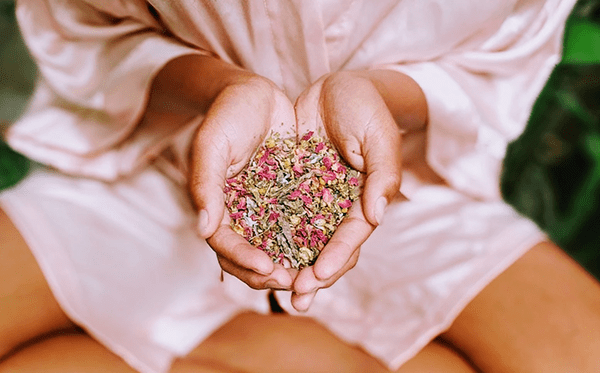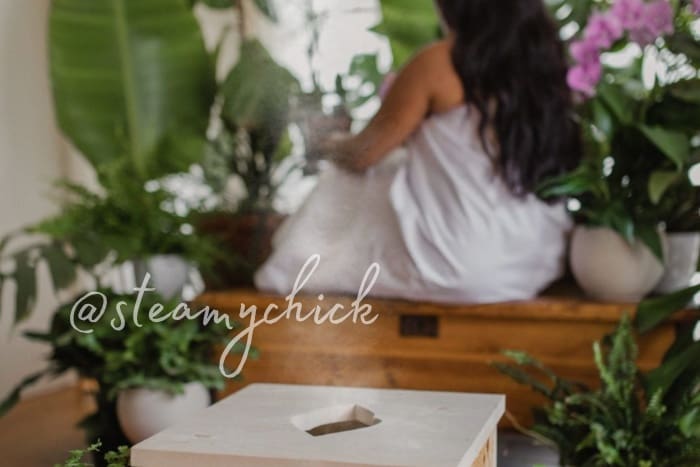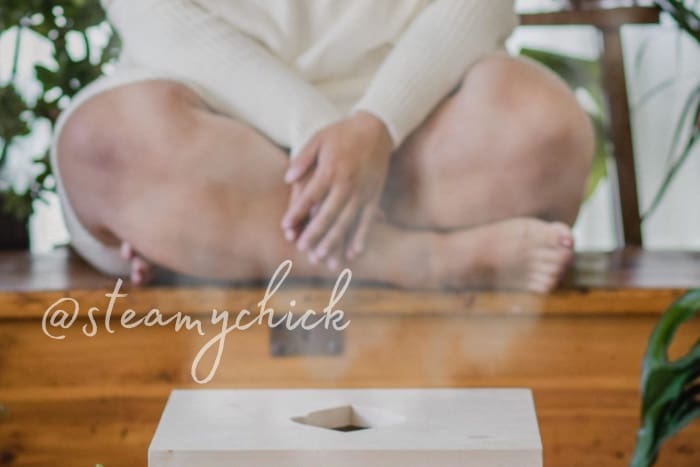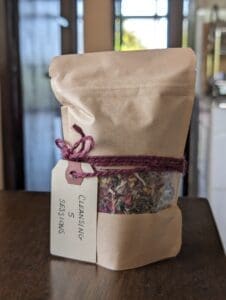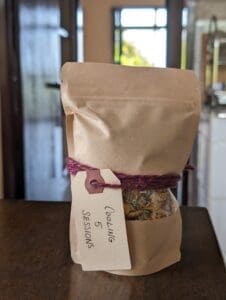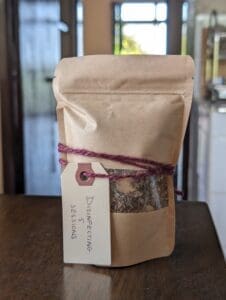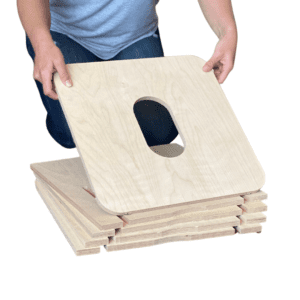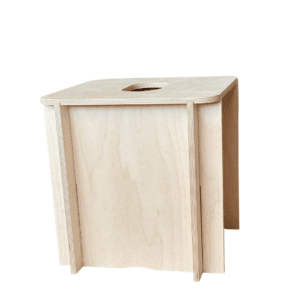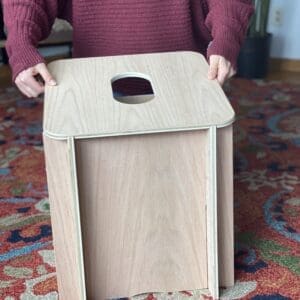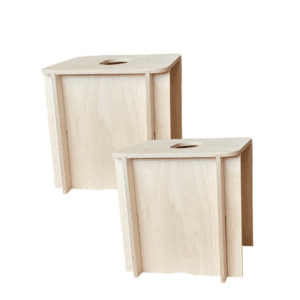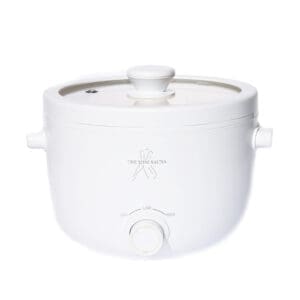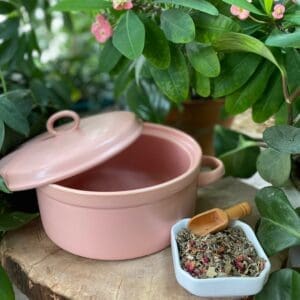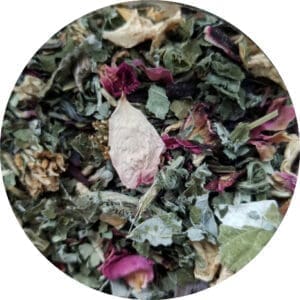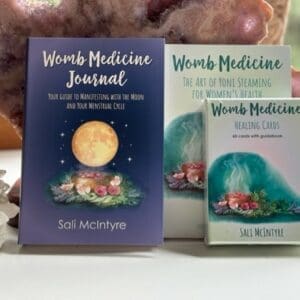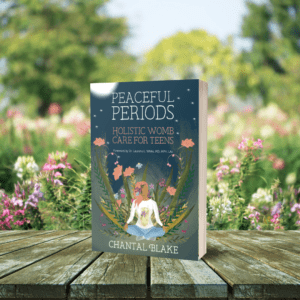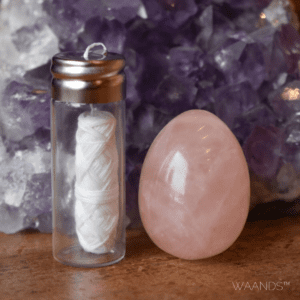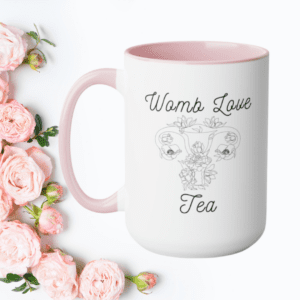Author: Steamy Chick
Published: October 5, 2017
Vaginal steaming–an ancient women’s health practice that involves sitting over warm steaming herbs–is found in many places throughout the world. Current research finds that it is a traditional practice in, at least, 28 countries worldwide. Although steaming varies from place to place it is universally used after giving birth. Most often administered by midwives, the popularity of postpartum steaming isn’t without good reason.
In the United States postpartum care is minimal. It often involves 24-hours or less at the hospital and then a standard 6-week checkup. In that 6-week time period the mom does not receive any medical assistance with recovery. During this time her body is tasked with closing the vaginal canal and cervix; her uterus is to clear out all of the leftover lochia (pregnancy matter) and reduce down to its normal size; her abdominal organs return into place allowing her elimination functions (urine and bowel movements) to normalize; delivery tears and stitches (if any) have to heal; the abdominal skin is to retract and the leftover pregnancy weight is supposed to shed. Common complications include postpartum contractions, painful stitches or an infection. Needless to say, recovery can be daunting, especially when moms do not receive much instruction on what recovery entails or how to help along the process. In many cases, full recovery never happens.
According to acupuncturists Daoshing Ni and Jessica Chen in Sitting Moon: A Guide to Natural Rejuvenation After Pregnancy a significant amount of women’s health concerns including depression, headaches, prolapsed organs, incontinence and menstrual complications occur because of improper postpartum care.
Considering the minimal attention mom’s receive after hospital births, it’s pretty significant to discover that vaginal steaming is a postpartum treatment that’s been used worldwide for ages. Commonly administered by midwives, the practice of steaming appears to have fallen into obscurity as male doctors took over an area of medicine historically attended to by females.
A recent experience illustrates this point. One of my customers who had originally learned about vaginal steaming through Steamy Chick was shocked to find out that her Jamaican mother had done vaginal steaming after giving birth to her. Her mother had learned about the practice from her mother and grandmother who also used steaming after each one of their children were born. Her mother admitted that she and her peers were discouraged from steaming or passing the practice down to their daughters because they were accused of practicing voodoo bush medicine. Despite this, she credits steaming with her youthful appearance and beautiful skin often marvelled at by others.
The discouragement that my customer’s mother experienced is not an isolated incident. In a study Traditional Practices for Turkish Women’s Gynecological Complaints published by the Indian Journal of Traditional Knowledge (Vol. 11(3), July 2012, pp 414-419) it was found that a large percentage of the rural Turkey population practices vaginal steaming. As such, the study recommends that healthcare professionals in the area discuss traditional practices with women as they “need to inform women of their incorrect practices.” Coincidentally, the study doesn’t say why the practice is incorrect. It makes a big leap from “women practice vaginal steaming” to “vaginal steaming is incorrect”. Since there are no medical studies on vaginal steaming, it is likely that they are speculating that it is an incorrect practice. I’ve seen a couple similar studies in South Africa and Suriname as well.
Considering that steaming appears to be blanketly disregarded, not because of its harmfulness, but rather because it’s an area of practice of which doctors lack knowledge, is a bit troublesome. It raises the question, could healthcare professionals be missing something by blindly suppressing this universal health practice rather than researching its potential benefits? Is one postpartum check-up at 6 weeks really enough at a time when a woman’s body needs to achieve such extensive recovery?
My first experience with postpartum vaginal steaming was after I gave birth to my first-born in 2013. Faced with the complications of swollen skin and vaginal prolapse I was distraught and overwhelmed at what had happened to my body during birth. I couldn’t recognize my own body and was horrified that it would never be the same. Prior to giving birth I had learned from a Ghanaian woman and a Haitian woman (coincidentally in a facebook group I happened to be part of) that they do postpartum vaginal steaming and I decided to give it a try. After my first steam session I felt such relief. Afterwards I noticed that the swollen skin had seemed to retract back to normal. I continued steaming for 30 days straight and, with each day, I got better and better. After a couple weeks my body felt like my own again. After a month I had lost all of the pregnancy weight, my lochia was long gone and the vaginal canal had closed back up to it’s pre-pregnancy state. Considering that I had been told (and believed) that my body would never be the same, I was shocked at the quick transformation back to my normal body. It appeared that I had a full recovery.
Ever since that experience I have been a vocal advocate of postpartum steaming. First, I started to share it with my friends and family. Later, I started selling vaginal steam saunas and shared with my customers the benefits of postpartum vaginal steaming and, most recently, I’ve started training midwives and doulas how to administer steam sessions for their clients. Observing over fifty case studies of postpartum steaming it appears to expedite postpartum healing and result in a full recovery–that is, getting the body back to it’s pre-pregnancy state. Specifically, it appears that lochia drains after the first 4-6 steam sessions (as opposed to 6 weeks), the uterus shrinks back to size after one week (as opposed to 4 weeks); and, after one month, the vaginal canal is tightly closed (as opposed to “it’ll never be tight again”). Postpartum steaming has also shown to resolve complications such as hemorrhoids, postpartum contractions, infections, painful stitches, constipation, incontinence, prolapse, extended lochia and water retention.
With such results, it’s no wonder that vaginal steam has been the time-honored standard for postpartum care the world over.
—
About the Author
Keli Garza has a Masters degree in International Development graduating cum laude. Keli Garza is the owner of Steamy Chick and the Peristeam Hydrotherapy Institute.
